THIS week marks the birth anniversary of legendary Indian movie director Mrinal Sen.
The pioneering filmmaker, born on May 14, 1923, received global acclaim for his work during an incredible creative journey that left a lasting impact. The Bengali maestro won government honours, an incredible 18 National Awards, international accolades, and Indian cinema’s highest prize, the Dadasaheb Phalke award before he passed away in 2018, aged 95. He left behind a remarkable body of work that entertained and inspired different generations.
Eastern Eye decided to mark his birth anniversary by creating a list of his top 10 award-winning films.
Punascha (1961): After making a name for himself with artistic low budget features, Mrinal Sen came to prominence with Punascha when he won a National Award for Best Feature Film in Bengali. Like his previous film Baishey Shravana (1960), the powerful drama looks at the impact of outside factors, patriarchy, and societal pressures on a marriage. Unfortunately, no official prints of this film remain.
Chorus (1974): The Bengali language drama is an exploration of wider society, within the framework of a small business, and cleverly blends neo-realism with a fairy tale like framing. There are many creative touches within the film, which sends out a powerful social message. It would win multiple honours that included a National Award for Best Film and a Silver Medal at the Moscow Film Festival.
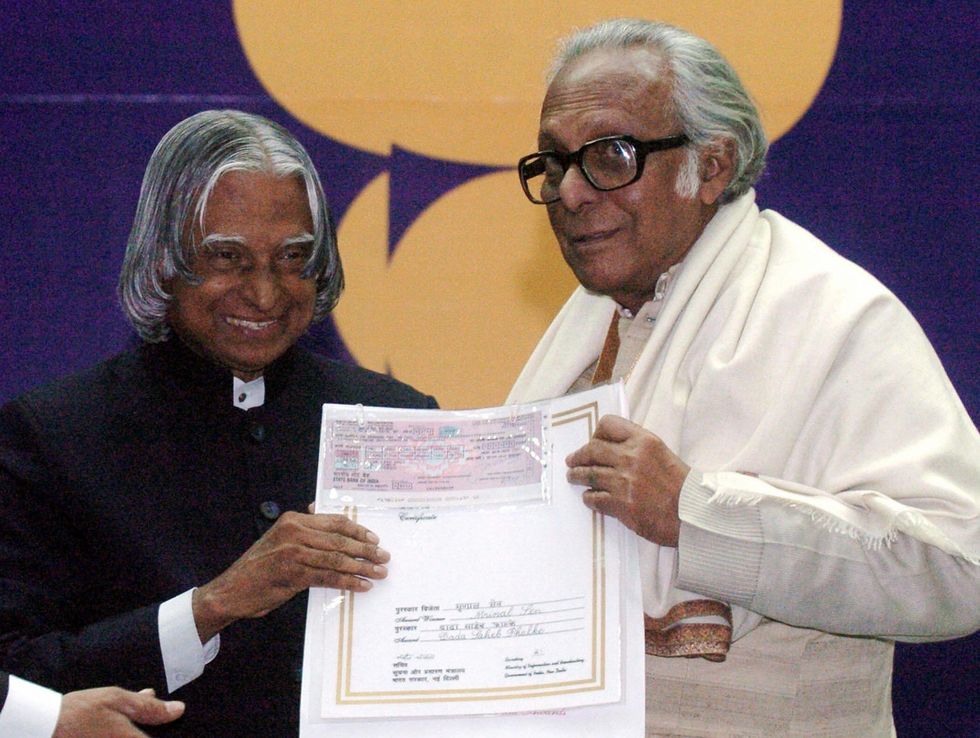
Oka Oori Katha (1977): The versatile director won prestigious awards for films in multiple languages, including this National Award-winning Telugu drama. The almost Shakespeare-like tragedy revolves around an impoverished father, who is against his son marrying despite the new bride trying to positively impact their seemingly meaningless lives. The acclaimed drama was selected at international festivals and won a Special Jury Award at the Karlovy Vary Film Festival.
Kharij (1982): The Bengali language drama was nominated for the highest prize at the Cannes Film Festival in 1983. The story revolves around a child servant who is found dead in a kitchen, which sees his employers being torn between feelings of guilt, a possible police case, being caught in a scandal and trying to please the deceased boy’s father. It would win multiple honours, including a National Award for Best Screenplay and the Golden Spike at the Valladolid International Film Festival in Spain.
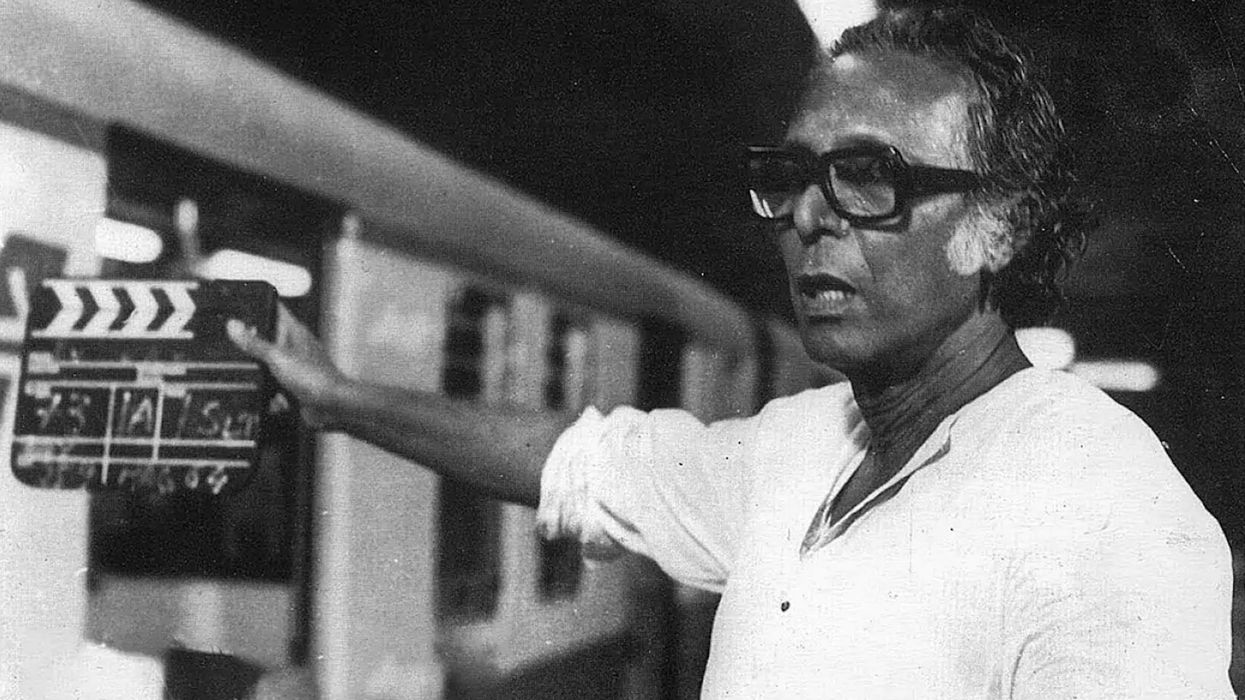
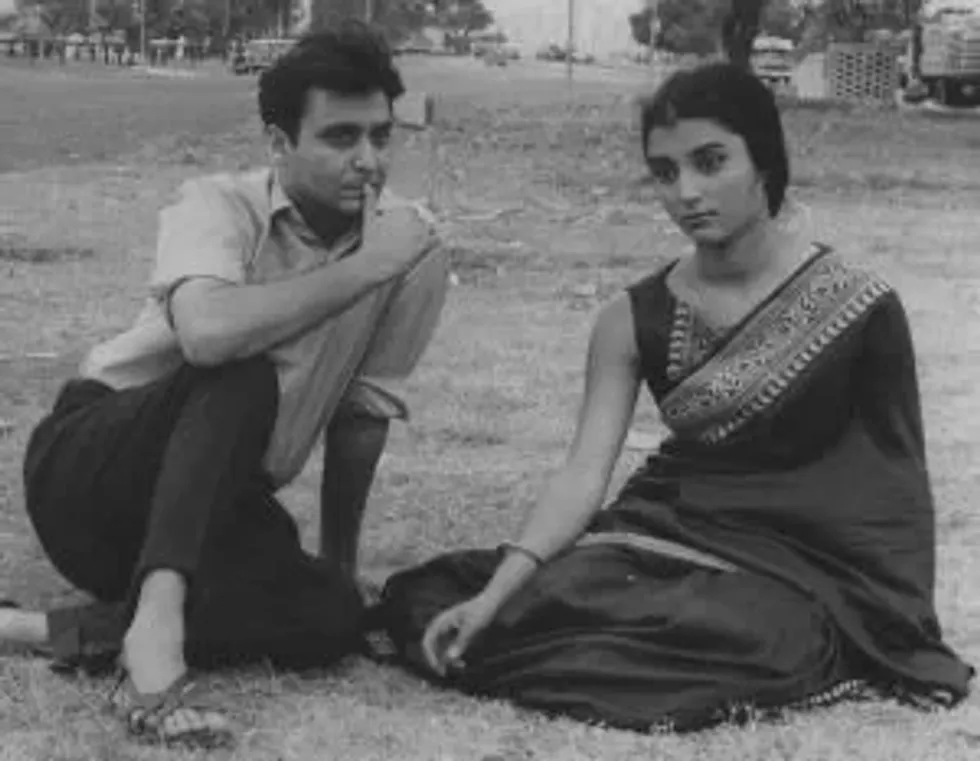
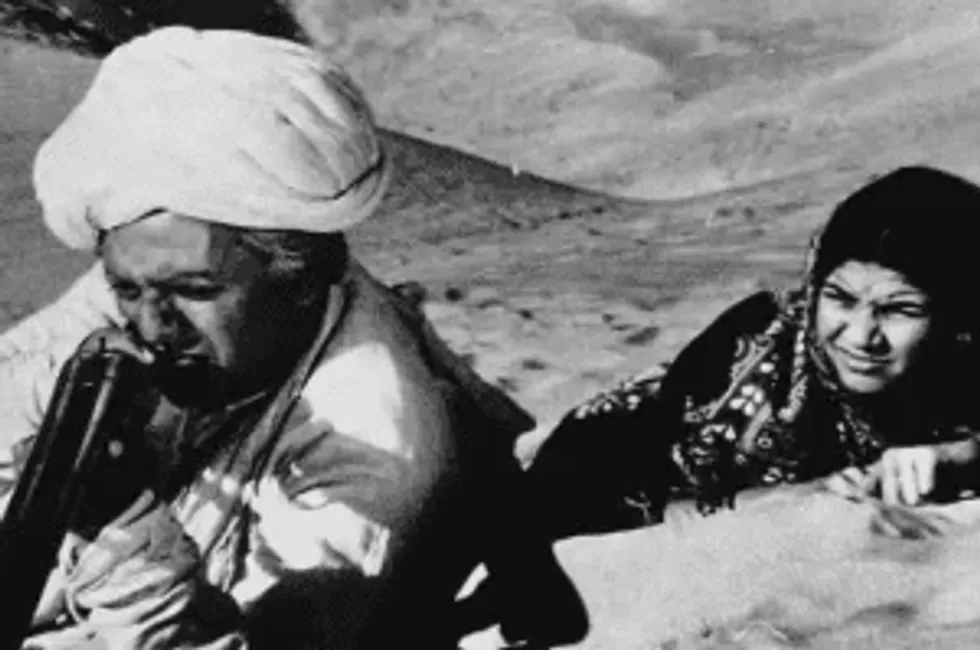
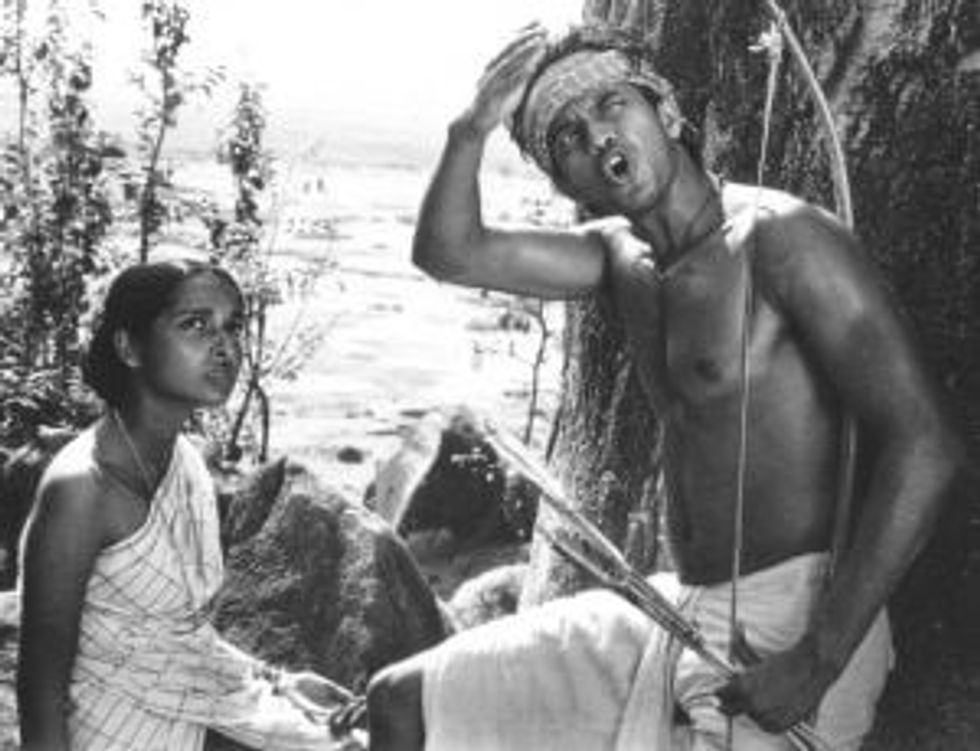
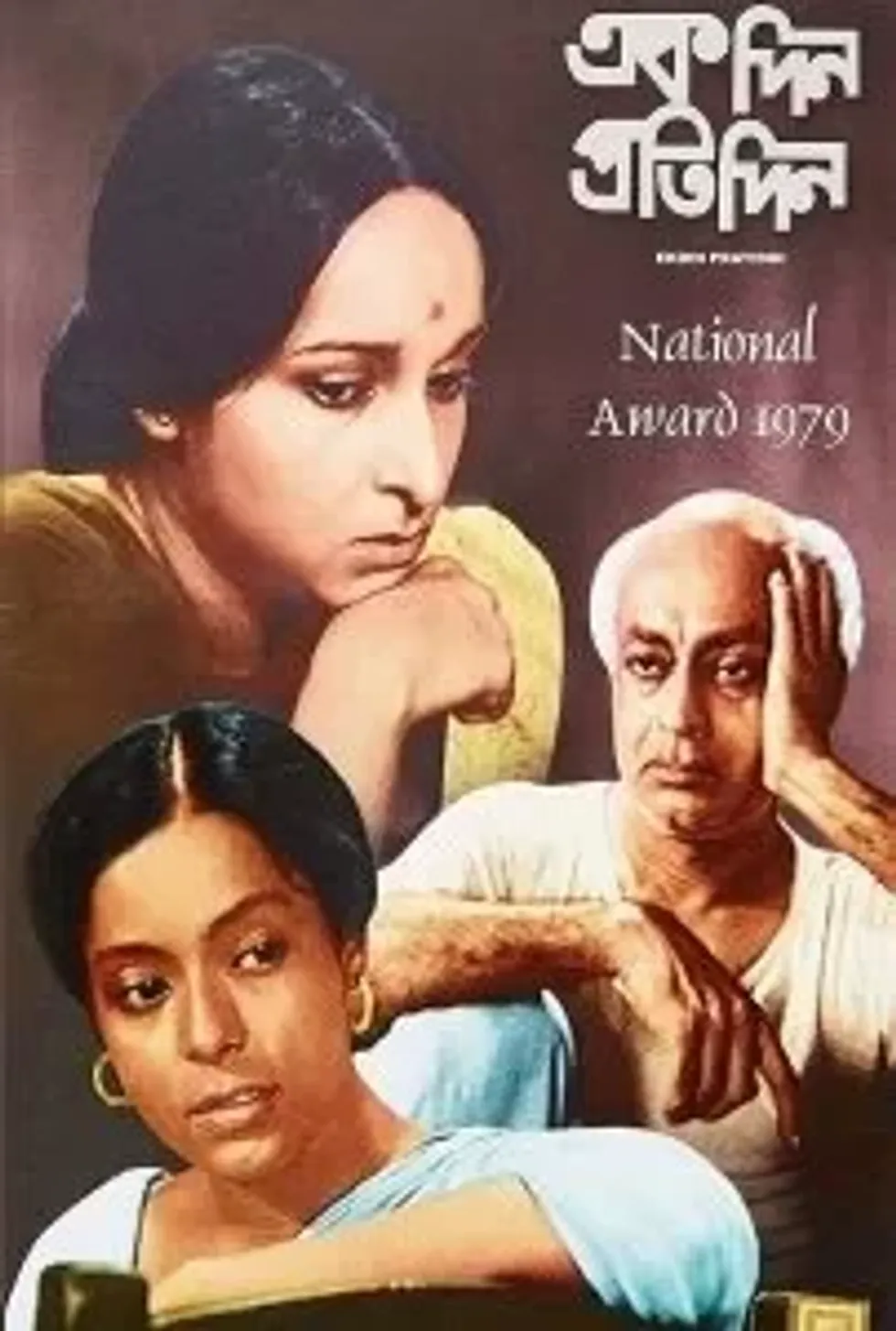
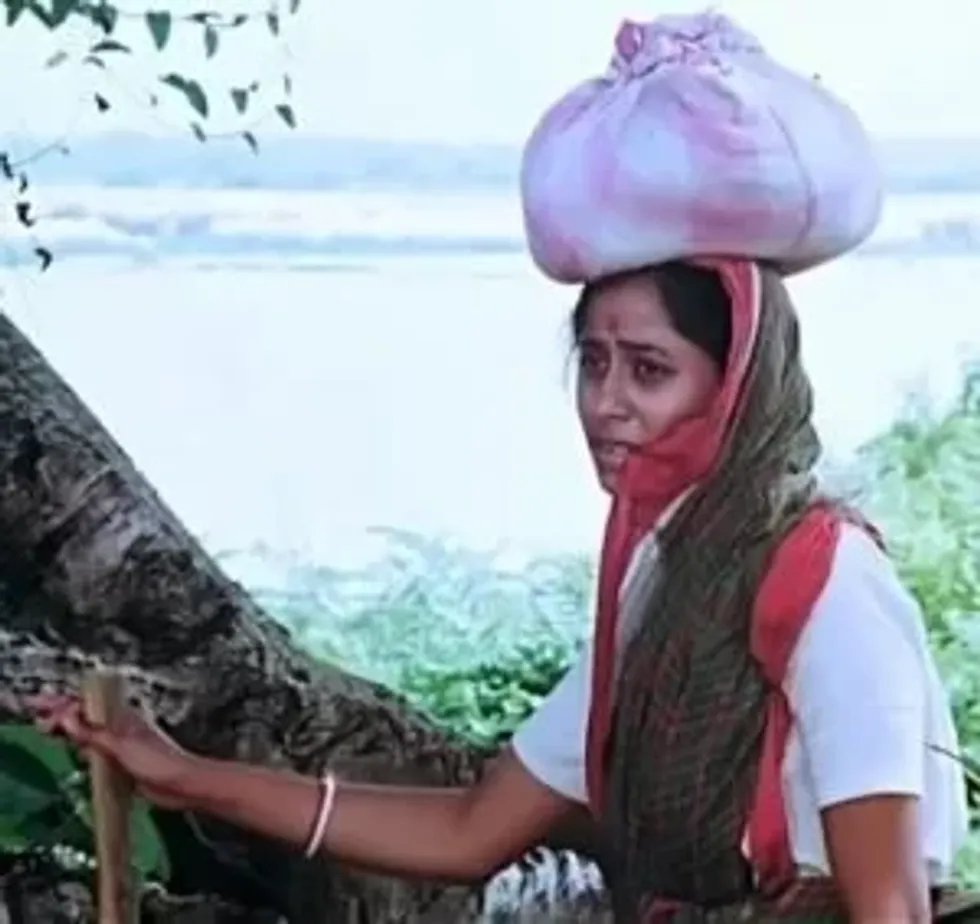
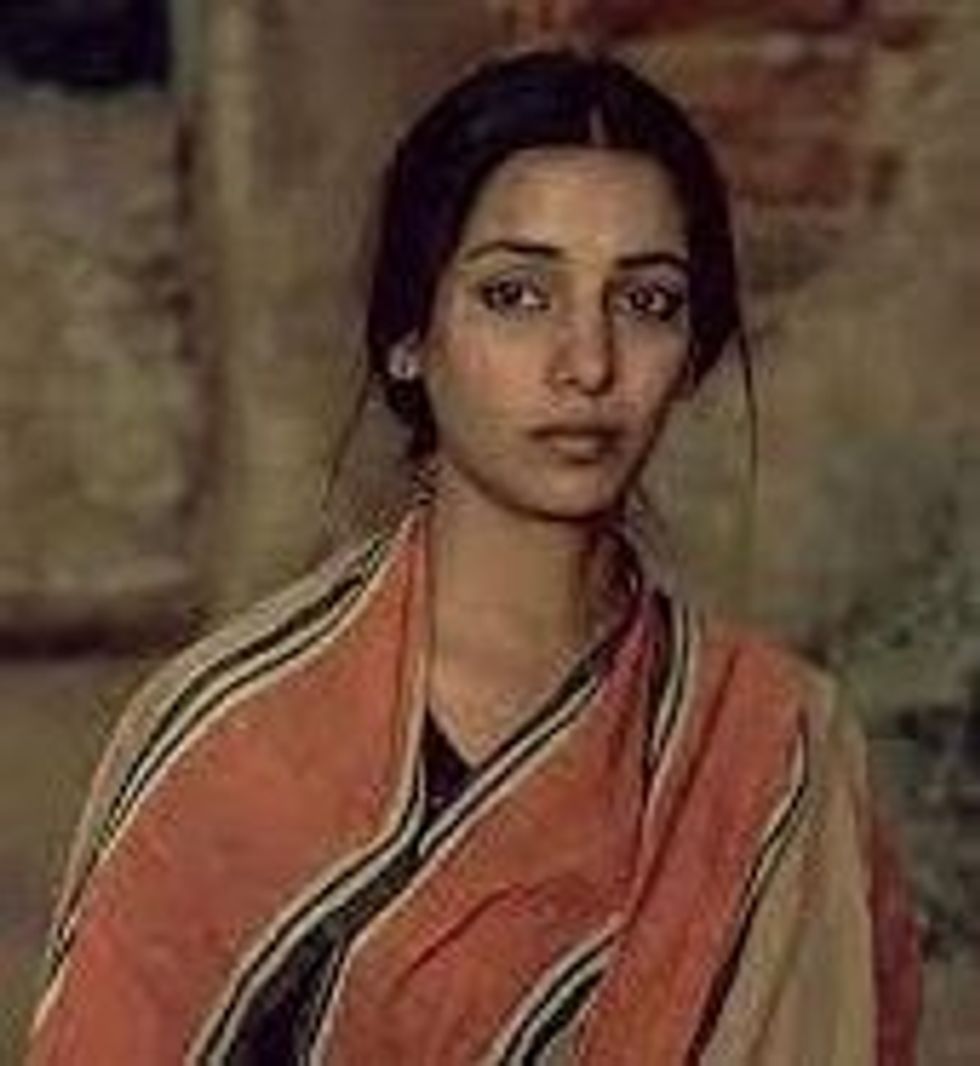




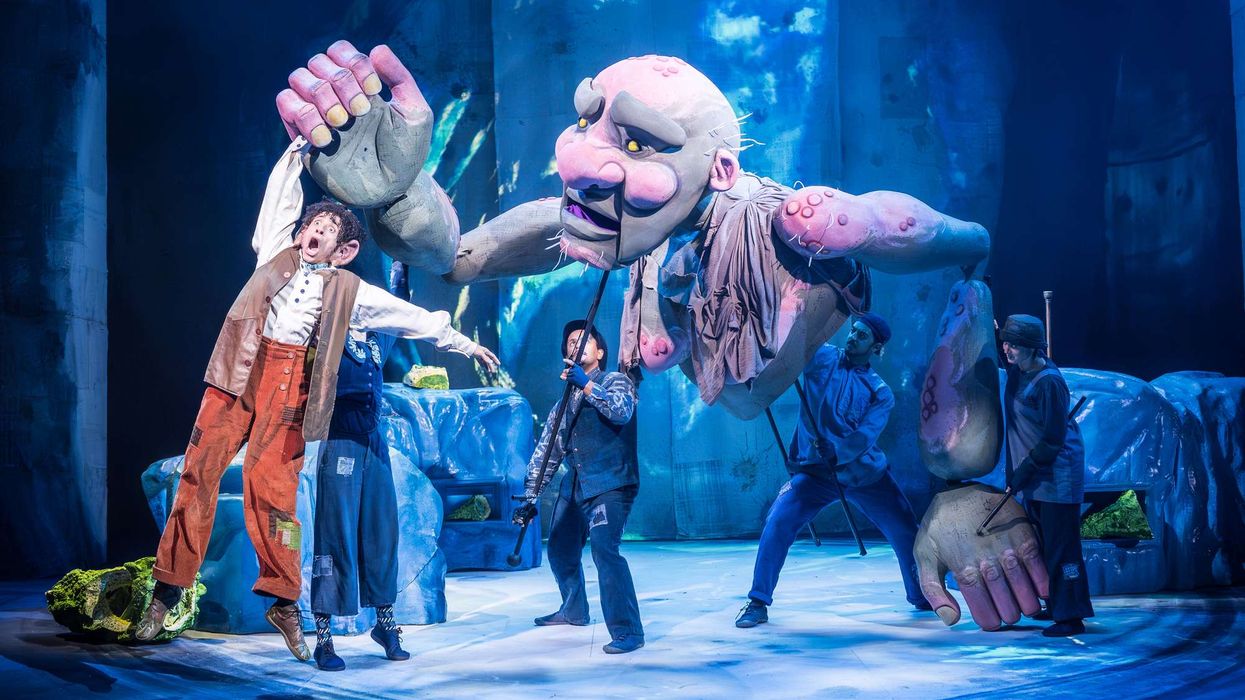
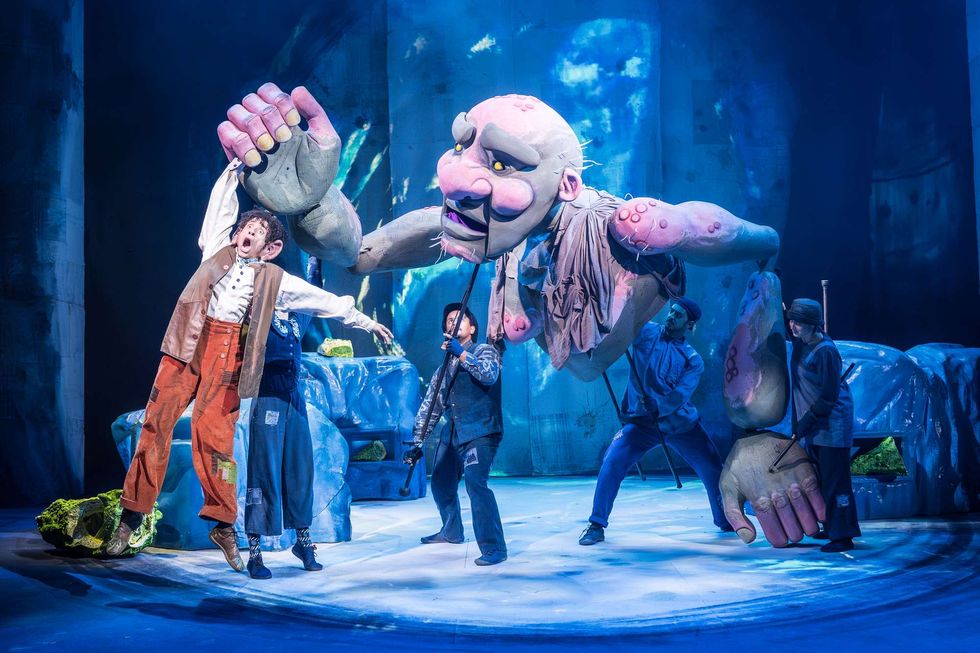 The BFG - production images Royal Shakespeare Company/(c) Marc Brenner
The BFG - production images Royal Shakespeare Company/(c) Marc Brenner 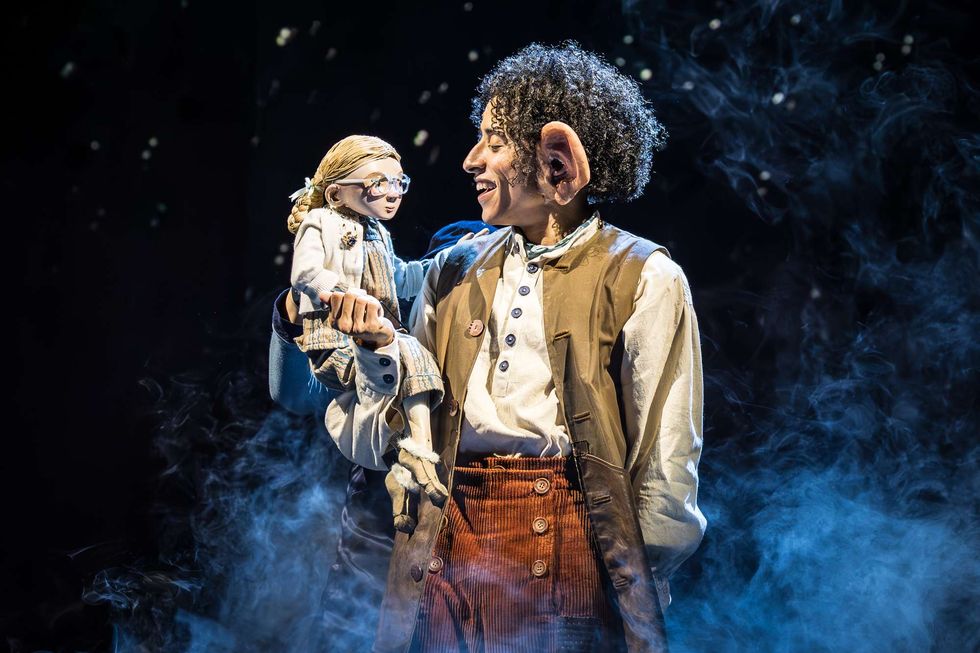 BFG production images, directed by Daniel Evans. Royal Shakespeare Theatre, taken in November 2025.Royal Shakespeare Company/(c) Marc Brenner
BFG production images, directed by Daniel Evans. Royal Shakespeare Theatre, taken in November 2025.Royal Shakespeare Company/(c) Marc Brenner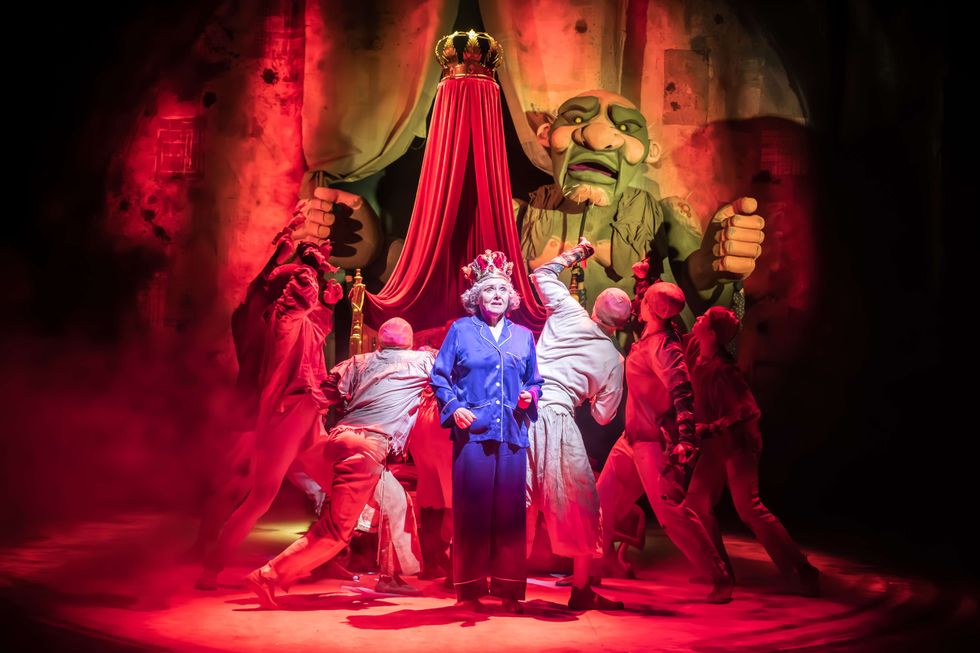 BFG production images, directed by Daniel Evans. Royal Shakespeare Theatre, taken in November 2025.Royal Shakespeare Company/(c) Marc Brenner
BFG production images, directed by Daniel Evans. Royal Shakespeare Theatre, taken in November 2025.Royal Shakespeare Company/(c) Marc Brenner





